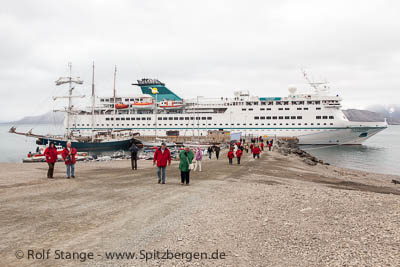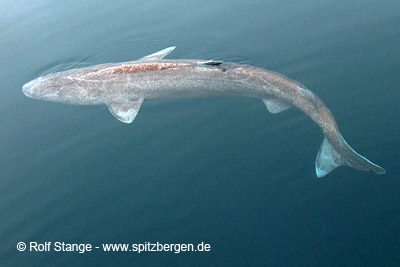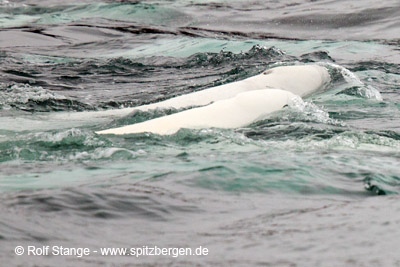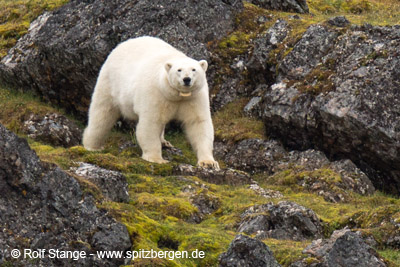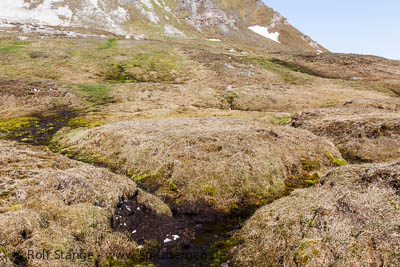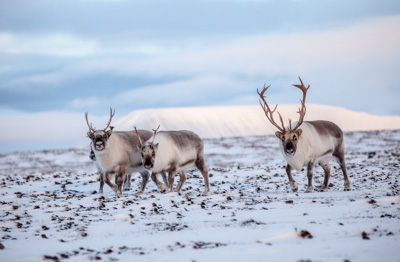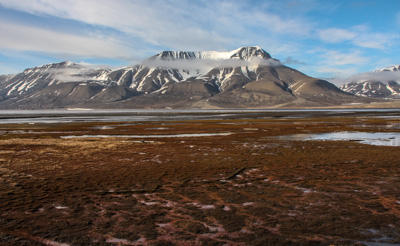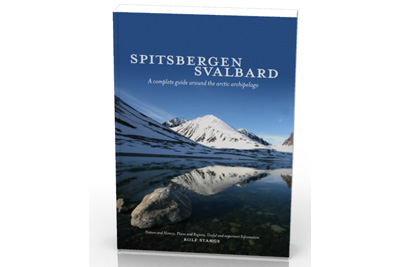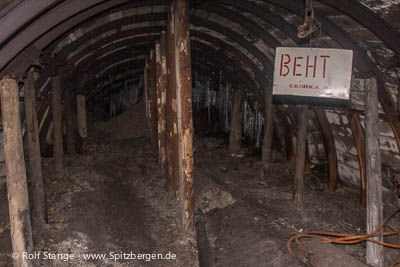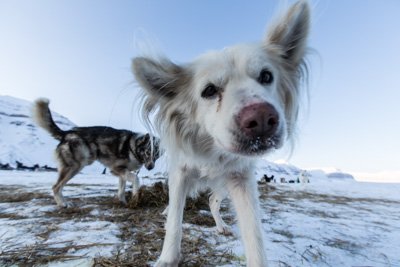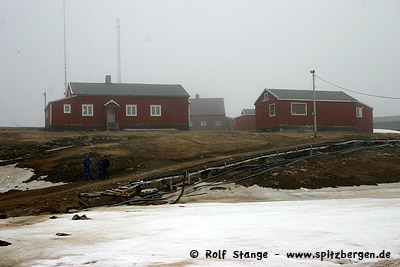-
current
recommendations- Liefdefjord
New page dedicated to one of Spitsbergen's most beautiful fjords. Background information and many photos.
- New Spitsbergen guidebook
The new edition of my Spitsbergen guidebook is out and available now!
- Liefdefjord
New page dedicated to one of Spitsbergen's most beautiful fjords. Background information and many photos.
Page Structure
-
Spitsbergen-News
- Select Month
- May 2025
- April 2025
- March 2025
- February 2025
- January 2025
- December 2024
- November 2024
- October 2024
- September 2024
- August 2024
- July 2024
- June 2024
- May 2024
- April 2024
- March 2024
- February 2024
- January 2024
- December 2023
- November 2023
- October 2023
- September 2023
- August 2023
- July 2023
- June 2023
- May 2023
- April 2023
- March 2023
- February 2023
- January 2023
- December 2022
- November 2022
- October 2022
- September 2022
- August 2022
- July 2022
- June 2022
- May 2022
- April 2022
- March 2022
- February 2022
- January 2022
- December 2021
- November 2021
- October 2021
- September 2021
- August 2021
- July 2021
- June 2021
- May 2021
- April 2021
- March 2021
- February 2021
- January 2021
- December 2020
- November 2020
- October 2020
- September 2020
- August 2020
- July 2020
- June 2020
- May 2020
- April 2020
- March 2020
- February 2020
- January 2020
- December 2019
- November 2019
- October 2019
- September 2019
- August 2019
- July 2019
- June 2019
- May 2019
- April 2019
- March 2019
- February 2019
- January 2019
- December 2018
- November 2018
- October 2018
- September 2018
- August 2018
- July 2018
- June 2018
- May 2018
- April 2018
- March 2018
- February 2018
- January 2018
- December 2017
- November 2017
- October 2017
- September 2017
- August 2017
- July 2017
- June 2017
- May 2017
- April 2017
- March 2017
- February 2017
- January 2017
- December 2016
- November 2016
- October 2016
- September 2016
- August 2016
- July 2016
- June 2016
- May 2016
- April 2016
- March 2016
- February 2016
- January 2016
- December 2015
- November 2015
- October 2015
- September 2015
- August 2015
- July 2015
- June 2015
- May 2015
- April 2015
- March 2015
- February 2015
- January 2015
- December 2014
- November 2014
- October 2014
- September 2014
- August 2014
- July 2014
- June 2014
- May 2014
- April 2014
- March 2014
- February 2014
- January 2014
- December 2013
- November 2013
- October 2013
- September 2013
- August 2013
- July 2013
- June 2013
- May 2013
- April 2013
- March 2013
- February 2013
- January 2013
- December 2012
- November 2012
- October 2012
- September 2012
- August 2012
- July 2012
- June 2012
- May 2012
- April 2012
- March 2012
- February 2012
- January 2012
- December 2011
- November 2011
- October 2011
- September 2011
- August 2011
- May 2011
- April 2011
- March 2011
- February 2011
- January 2011
- December 2010
- November 2010
- September 2010
- August 2010
- July 2010
- June 2010
- May 2010
- April 2010
- March 2010
- February 2010
- November 2009
- October 2009
- August 2009
- July 2009
- June 2009
- May 2009
- April 2009
- March 2009
- February 2009
- January 2009
- December 2008
- November 2008
- October 2008
- August 2008
- July 2008
- June 2008
- May 2008
- April 2008
- March 2008
- February 2008
- April 2000
- Select Month
-
weather information
-
Newsletter

| Guidebook: Spitsbergen-Svalbard |
Home →
Yearly Archives: 2013 − News
Spitsbergen-guidebook: 4th German edition now available
The 4th updated edition of Rolf Stange’s guidebook “Spitzbergen-Svalbard” (German version) is now available. Many text sections in almost all chapters have been updated or added, there are many new colour photos, a whole new page block of 16 pages with text has been added. A new cover makes the 4th edition recognizable as a new book. There are more than enough updates to make the purchase worthwhile also for owners of previous editions. Click here for more information about the new edition of “Spitzbergen-Svalbard” (4th German edition).
Technical difficulties during the print process led to a delay of several months during the production.
The third English edition (2012) remains of course available.
Spitsbergen-guidebook “Spitzbergen-Svalbard”: the 4th updated German edition is now available.
Polar bear dead after anaesthetisation by scientists
Scientific field work on polar bears is usually anything but animal-friendly. Fotos and videos from polar bears being chased by helicopters have more than once been seen and met with critizism. As a personal observation, we hardly see polar bears anymore that have not been marked by scientists. Near-contact with scientists, which can safely be assumed by be a very stressful, if not traumatic experience, is thus likely to be the rule rather than the exception for Spitsbergen’s polar bears.
Recently, a polar bear did not survive the scientific treatment. A young male, 2 or 3 years old and physically in good shape, was found dead 2 days after anaesthetisation by scientists at Meodden on Edgeøya. A possible explanation is that the animal has moved from a sideway position. It was found lying on the stomach and had suffocated. Anaesthetisated polar bears are left behind lying on the side to prevent suffocation, but they are not monitored. Suffocation after changing the position or predation by other bears can accordingly never be excluded.
Has not survived its meeting with scientists: polar bear at Meodden, Edgeøya (© foto: Sysselmannen på Svalbard).
Source: Svalbardposten
Loss due to fewer cruise ship tourists in Ny Ålesund
Ny Ålesund has received considerably fewer tourists in 2013, compared to the 2012 season. A year ago, visitors numbered near 40,000. This figure decresed to 25,000 in 2013. According to the director of the owner company, the consequence was a loss of 2 million Norwegian Kroner in harbour fees and souvenir sales.
The reason is believed to be the expensive compulsory pilotage, which is currently being introduced stepwise, and the ban of heavy oil as ship fuel, although ships using heavy oil may still visit Ny Ålesund and Magdalenefjord until 2014.
Source: Hegnar (Norwegian news website)
Greenland shark: high levels of long-lived pollutants
The Greenland shark is the unknown big animal in marine arctic ecology. Until recently, scientists have not spent too much attention to this large shark, and little is accordingly known about them. But during a scientific catch in Kongsfjord some years ago, surprising numbers were caught: dozens of sharks in a short time. They can be up to 7 m long, which places them amongst the largest sharks in the world.
Surprising was not only the number of sharks present in the bottom waters of Kongsfjord, but also the high levels of long-lived environmental toxins, which equal the high concentrations sadly known from polar bears in Spitsbergen.
Another surprise was their diet: the stomach content was mostly fish and seals. Appearently, they are efficient hunters and not just scavengers, as had been believed until then. The diet is likely to be the reason for the high levels of contaminants, which accumulate through the food chain and over time. The long life span of Greenland sharks may accordingly be another contributing factor to the high level of contamination. During the research catch, the biggest individual caught was as heavy as 700 kg, but not even old enough to reproduce.
Greenland shark in northwestern Greenland
Source: Norwegian Polar Institut
White whales imitate human voice
The observation was made more than 30 years ago, but it still attracted considerable attention when it was published proberly recently in a recognized scientific magazine: White whales, also called Belugas, are able to imitate the human voice with surprising accuracy. This is at least what a young White whale did in an American zoo: accurately enough to confuse nearby people until the whale was identified as the source of the “voice”.
Due to its different physiology, a Beluga is believed to go through a considerabe process of learning and practice before it can produce something similar to a human voice.
Similar observations have been made elsewhere, but in this case even sound recordings were secured.
White whales in Woodfjord. They did not say much, but nevertheless a stunning sight.
Source: Current Biology
Fewer polar bear dens in Kong Karls Land
Kong Karls Land is a group of small islands in eastern Spitsbergen and a very important denning place for polar bears. In the past, up to 50 dens have been found within certain areas.
In recent years, however, the development is more fluctuative, with a negative overall trend. Last spring, only 2 dens were found during a count carried out by the Norwegian Polar Institute. The direct reason appears to be a lack of sea ice. The amount and timing of sea ice has become significantly more variable, with a strong negative trend which is expected to continue in the future.
Sea ice is necessary to reach the islands and to raise the offspring successfully. The femails that used to den on Kong Karls Land may have used other areas for denning this year.
Female polar bear with satellite tracker, attached with collar.
Source: Norwegian Polar Institute
Methane from arctic permafrost: accelerator of global warming?
A recent publication in the scientific magazine Nature describes the possbility of a release of large volumes of methane within a geologically very short period of a few decades from arctic shelf seas. According to this scenario, methane hydrates from the sea bottom could be destabilized once the Arctic Ocean is periodically completely ice-free during the late arctic summer, in September. This is something that may happen as soon as 2015, as the ice development in recent years indicates. The paper mentions up to 50 billion tons of methane that might be released into the atmosphere, an amount that would certainly have dramatic consequences for the global climate system.
The paper is currently matter of hot debate in scientific circles. Not all scientists agree with the hypothesis of a catastrophic methane release from the sea bottom in the near future.
Arctic permafrost-soil in Isfjord, Spitsbergen
Source: The Guardian
Reindeer population reached highest level
The number of reindeers in Adventdalen reached the highest level this year since the survey began in 1979. Reseachers of the Norwegian Polar Institute counted about 1200 animals including 300 calves. Thereby the number of reindeers increased about 250 exemplars in comparison to last year. On the one hand this could be explained due to warmer sommers that allow reindeers to accumulate a thick layer of fat, which is their energy source for the winter. On the other hand reindeer population varies from year to year. One year with a low count of animals is followed by a year with a high count due to largely food supply.
Reindeers on Spitsbergen
Source: Svalbardposten, Icepeople
Explosives have been found
North of Longyearbyen between Adventtoppen and Hiorthfjellet a guided group found explosives presumably of the World War II. For a long time the explosives had been covered with snow and stones. Now traffic prohibition is introduced on the mountain ridge between Adventtoppen and Hiorthfjellet until the Norwegian Defence has cleared the area.
Hiorthfjellet on the north side of Adventfjorden
Source: Svalbardposten, Sysselmann
Book review for Svalbard guidebook “Spitsbergen-Svalbard”
Finally – good news again from Spitsbergen: another book review about my guidebook “Spitsbergen-Svalbard” has been published in Polar Record, the polar science periodical from the Scott Polar Institute in Cambridge. The author is Nikolas Sellheim from the University of Lapland in Rovaniemi, Finnland. I just quote one sentence: “What independent writer, publisher and expedition leader Rolf Stange has accomplished with this book is extraordinary.”
Great that someone has recognized it – finally 🙂
Download the full review here of read it at:
Sellheim, Nikolas (2013) Book Review: Spitsbergen-Svalbard: A Complete Guide Around the Arctic Archipelago by Rolf Stange. 2012. In 49 Polar Record 3, DOI: http://dx.doi.org/10.1017/S0032247413000260.
The guidebook “Spitsbergen-Svalbard” has recently received a very positive review in Polar Record.
Mine accident in Barentsburg: worker dead
More tragic news from Spitsbergen. Yesterday (Thursday, June 20) a worker died in the coal mine in Barentsburg. The 27 year old Ukrainian was caught by a rockfall in a ventilation funnel, 300 meters under the surface. The mine is now closed until further.
The Sysselmannen is investigating the case. When the Norwegian officials reached the mine, the body was, however, already removed from the mine.
Ventilation funnel in Barentsburg (archive image).
Source: Sysselmannen
Zodiac accident in Krossfjord: woman dead (II)
Some more details regarding the deadly Zodiac accident in Krossfjord on Monday have been published. It has now been confirmed that the ship involved was the Sea Spirit, which is currently under charter by Quark Expeditions, an American expedition cruising company, well known in the business. The victim was an US-American woman in her sixties. The accident happened during a Zodiac cruise near the northern side of Fjortende Julibukta in Krossfjord. All 13 persons fell into the water as the Zodiac was hit by a large wave. One woman lost her consciousness and died then for reasons not yet known in detail. Three more persons were injured, two of them were subsequently treated in the hospital in Longyearbyen.
Further details have as of yet not been published. Fjortende Julibukta is reasonably well sheltered from heavy seas. A wave large enough to cause a Zodiac to capsize might come from a very massive calving of the glacier or in case of extreme weather. It seems likely that a driving mistake was involved. Shallows near the little bird cliff on the north side of Fjortende Julibukta may have played a role: in case of a large wave rolling in from the glacier, it may be harmless over deep water, but break over a shallow. This may cause a boat to capsize. All this is, however, pure speculation; we have to wait for more confirmed information.
Fjortende Julibukta, Krossfjord.
Source: Sysselmannen
Zodiac accident in Krossfjord: woman dead
A woman died during a small boat accident today (17th June) in Krossfjord, northwestern Spitsbergen. The Zodiac (inflatable rubber boat) was caught by a wave on the way from a small cruise ship to the shore. All 13 persons fell into the water. One woman was subsequently treated by the ship’s physician and rescue services were called, but could not save her.
All that is known so far is that the woman was in her sixties and not of Norwegian nationality. Further details regarding the accident, the cause of death or the identity of the woman are not yet known.
Zodiacs are very strong inflatable rubber boats that are commonly used during rough conditions. The weather conditions in Krossfjord at the time of the accident are not yet known, but it can be believed that they must have been extreme. The last days have generally been quite windy in Spitsbergen (today in Isfjord force 4-5 from west and southwest, but elsewhere possibly much stronger).
Zodiac in use during strong wind.
Source: Sysselmannen
Happy ending of a dramatic dogsledding expedition
Two german tourists, one guide and 18 sled dogs left Ymerbukta (Ymerbay) for an five-day dogsledding expedition on the north side of Isfjorden. Initially the weather was nice but it changed the day after and got worse. Finally the whiteout forced the expedition to find a suitable campsite at Kjepasset (Kjeppass). At the same time the dogs of the guide got into a steep snowdrift and started to slip. The guide couldn´t manage to stop them and jumped off the sled. The dogs and the sled disappeared in a crevasse. In case of bad weather conditions on the next day rescue wasn´t possible despite serveral attemps to reach the dogs. Althougt it was able to lower a new rifle. The rifle of the expedition disappeared also in the crevasse with the sled. Another day later the weather cleared and rescuers were able to reach the dogs. All dogs were uninjured and in good shape. After the dogs got food and water the guide and the two tourists decided to continue the expedition back to Ymerbukta.
Sled dogs on Spitsbergen
Source: Svalbardposten, Icepeople
Evacuation from Bear Island (Bjørnøya) after solarium use
This is not how station chef Erling Gustavsen had pictures his farewell from Bear Island (Bjørnøya): In mid May, he got painful changes to the skin on the ankle. Tele-medical consulation resulted in some fear that he might have caught Staphylococcus spec. Finally, it was decided to helicopter-evacuate him from Bear Island to get him into medical treatment.
In the hospital in Tromsø, however, it turned out that Gustavsen had simply burnt his ankle in the solarium. He had, at the same time, used cream to cure problems with his Achilles heel, which makes the skin more sensitive to UV radiation.
The patient is improving rapidly, but he finds the story a bit embarrassing. Effects of the evacuation of the chef on the meals for the remaining station crew on Bear Island are not known.
The weather station on Bear Island (Bjørnøya). The solarium is of course the only place to be in such conditions.
Source: Finnmarksdagbladet
News-Listing live generated at 2025/May/04 at 08:00:11 Uhr (GMT+1)


